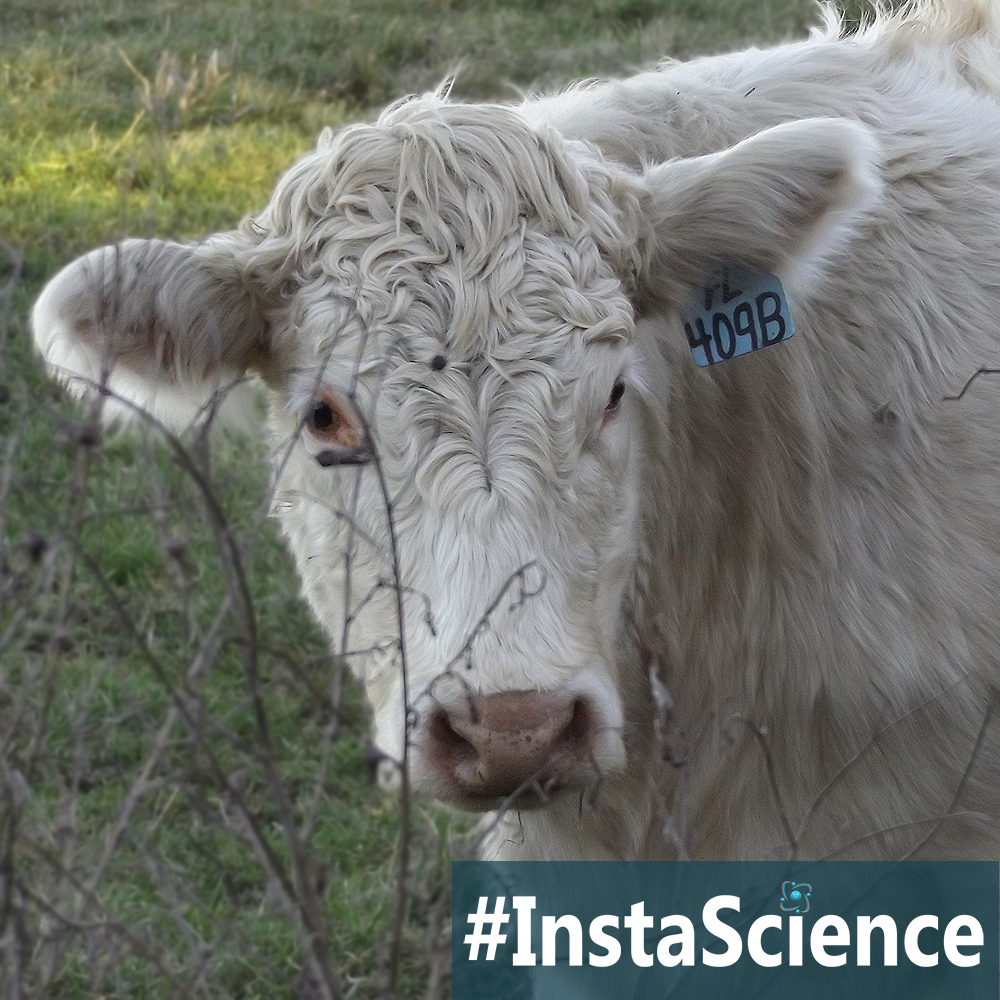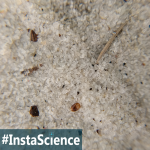
Don’t you love the way cows look at you? It’s so gentle and calming! We used to live near a cow field and although the smell wasn’t so great when the wind was blowing the right direction – we did enjoy pausing on our walks to observe their stocky bodies and wide heads as they gently chew their cud in the fields.
These mammals are herbivores and ruminants, which means they digest the grass they eat in stages within their four-chambered stomachs. But to get that grass ready to enter their stomachs, the cattle have to chew the blades over 40 times, which means that the average cow moves its jaw to chew about 40,000 times a day!
Cattle have 32 flat teeth that the use to break up the 50 pounds of food they consume each day. Cows like to eat a mixture of grass, hay, and corn. And they drink about 35 gallons of water to wash it down.
Female cattle that have given birth are the real cows. The give birth to adorable little calves and feed them with milk from their udders – the very same milk that we pasteurize, bottle, and pour into our morning coffee. Male cattle are known as bulls or steers and you can tell the difference between the two easily as male cows don’t have udders.
Cattle are a part of the Bovid family, which means that they are even-toed, hoofed mammals that prefer to live in herds. There are over a billion cows found around the globe with about two hundred fifty different breeds.
Fun Fact – Cows actually can’t see red (or green), so that matador isn’t attracting the bull with the redness of his flag, but rather with the fluttering action he creates!
More Homeschool Science Helps
- This time last year, we shared about Tree Bark.
- We shared about the 100 useful items for a science supply cabinet.
Related Homeschool Science Activities
Keep the learning going with these science activities!
- Make Butter – Use some of a cow’s milk to make your own butter! You will need a jar with a lid, some heavy cream, and a whole lot of muscle. Pour the cream into the jar and secure the lid, making sure it is tight. Then, shake and shake and shake and shake until you hear/feel a solid rattling around. It takes about 5 to 10 minutes and trust me, you’ll know when you have butter!
Links to Research
- 10 Things You Didn’t Know About Cows
- Amazing Cow Facts for Kids
- {Video} Cow Videos for Children, More Cows for Kids





Join the Community!